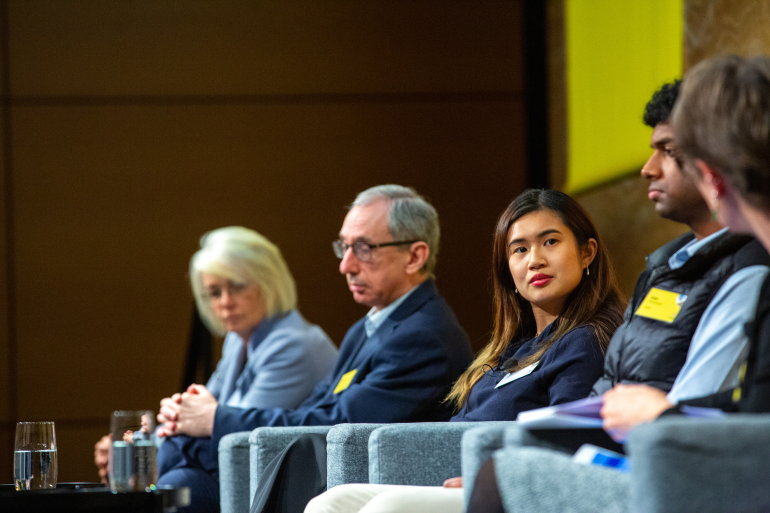By Associate Professor Karen Maras & Professor Terry Cumming
Published 19 September 2025
We recently had the pleasure of attending the Quality Indicators for Learning and Teaching (QILT) Symposium and NSW Higher Education Summit 2025, hosted at UNSW Sydney. The event brought together a dynamic mix of educators, researchers and policy-makers, all committed to enhancing the student experience through evidence-based practice and inclusive design.
The opening address, presented by Ben Rimmer from Department of Education, reminded us that the Universities Accord is not just a policy framework - it’s a call to action. His emphasis on equity and student voice set the tone for the two-day program.
Data beyond dashboards.
One of the highlights was Director of QILT Research and Strategy Lisa Bolton’s keynote, where she challenged us to think beyond data dashboards. Her insights into how QILT data can be used to drive meaningful change - rather than just measure it - were both timely and practical.
Data should serve students, not just systems.
The session on student evaluation bias, led by Professor Richard O’Donovan, Senior Lecturer in Monash University’s School of Curriculum Teaching and Inclusive Education, was equally thought-provoking. His approach to interpreting feedback underscored the importance of context in our analytics work. It sparked rich conversations about how we can better support teaching excellence without reinforcing inequities.
Centering student voices.
What stood out most for us, however, was the focus on student belonging. The panel, facilitated by UNSW’s Head of Student Life Natalie Nickson, brought student voices to the centre, reminding us that wellbeing and connection are foundational to learning. UNSW’s own Student Belonging Project demonstrated how QILT data can be used to map and strengthen students’ sense of community. The integration of AI to analyse qualitative feedback at scale was particularly exciting - an example of technology amplifying, rather than replacing, human insight.
Integration of AI to analyse qualitative feedback at scale is an example of technology amplifying, rather than replacing, human insight.
We had the added privilege of hosting the tables focused on universal design for learning during the networking sessions. It was great to meet and speak with people from different disciplines, students and instructors alike. There were many productive conversations!
Overall, it was an informative and thought-provoking day, highlighted by the shared commitment to listening more deeply to our students, to our data and to each other. The conversations sparked here will no doubt help to shape how we lead learning and teaching in the years ahead.
Reading this on a mobile? Scroll down to learn about the authors.

